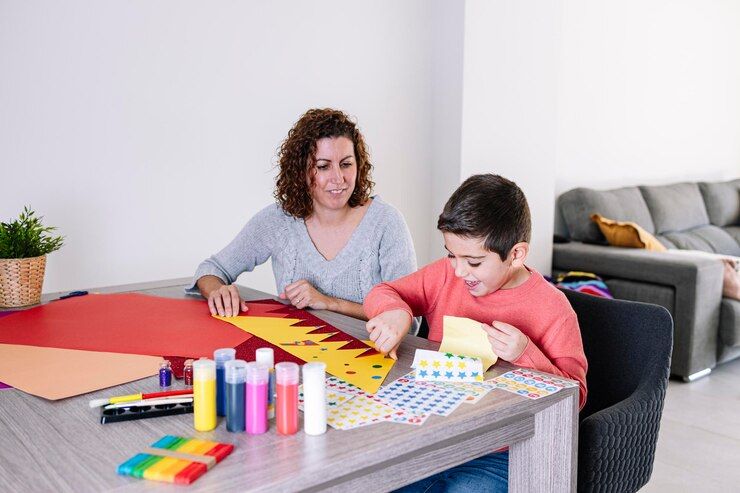Have you ever wondered why two people can look at the same color and see it differently? Colors aren’t just pretty shades, they’re perfect conversation starters about perception, individuality, and how we all experience the world uniquely. Colors are everywhere, and they’re the perfect starting point for conversations about differences, emotions, and understanding.
Here’s how to turn everyday colors into meaningful teaching moments.
Why Color and Perception Matter in Childhood Learning
Children learn best when their curiosity is sparked. Color offers an accessible, everyday topic that naturally leads to questions about sight, feelings, and opinion.
By exploring color and perception, you help kids understand that not everyone sees or thinks the same way. This builds empathy, creativity, and flexible thinking.
Creative Ways to Explore Color and Perception
1. Color Walks in Nature
Go outside and look for different shades of one color. Ask, “Which blues do you see in the sky, flowers, or water?”
2. Paint with Emotions
Let your child paint what “happy” or “sad” looks like. This links emotion to visual perception and personal expression.
3. Compare Color Names
Look at crayon or paint names together. Ask, “Do ‘ocean blue’ and ‘sky blue’ feel the same to you?”
4. Light and Shadow Play
Use flashlights or sunlight to show how light changes color. This teaches how perception shifts in different settings.
5. Ask Perspective-Based Questions
Ask, “What color is this to you?” and then ask another person. Compare the answers to show how views can differ.
Why These Conversations Matter
Talking about color perception helps children:
- Develop observation skills
- Appreciate different viewpoints
- Understand cultural diversity
- Think critically about their senses
- Express themselves creatively

Conclusion: A More Colorful Perspective
Every color in your child’s world is an opportunity to discuss deeper concepts of perception and individuality. These conversations plant seeds for open-mindedness that will blossom throughout their lives.
How ‘Crabby Crayon and The Truth About Blue’ Brings Perception to Life
The book ‘Crabby Crayon and The Truth About Blue’ by Kari Layton is a playful way to explore creative ways to talk about color and perception. In this story, Crabby, a blue crayon, is sure that all blue should match his own hue. But with his friend Green’s help, he discovers that blue comes in many shades. This story encourages kids to question, compare, and expand how they see things and understand others.
Spark curiosity and thoughtful conversations with Crabby Crayon and The Truth About Blue! Order your copy now.

